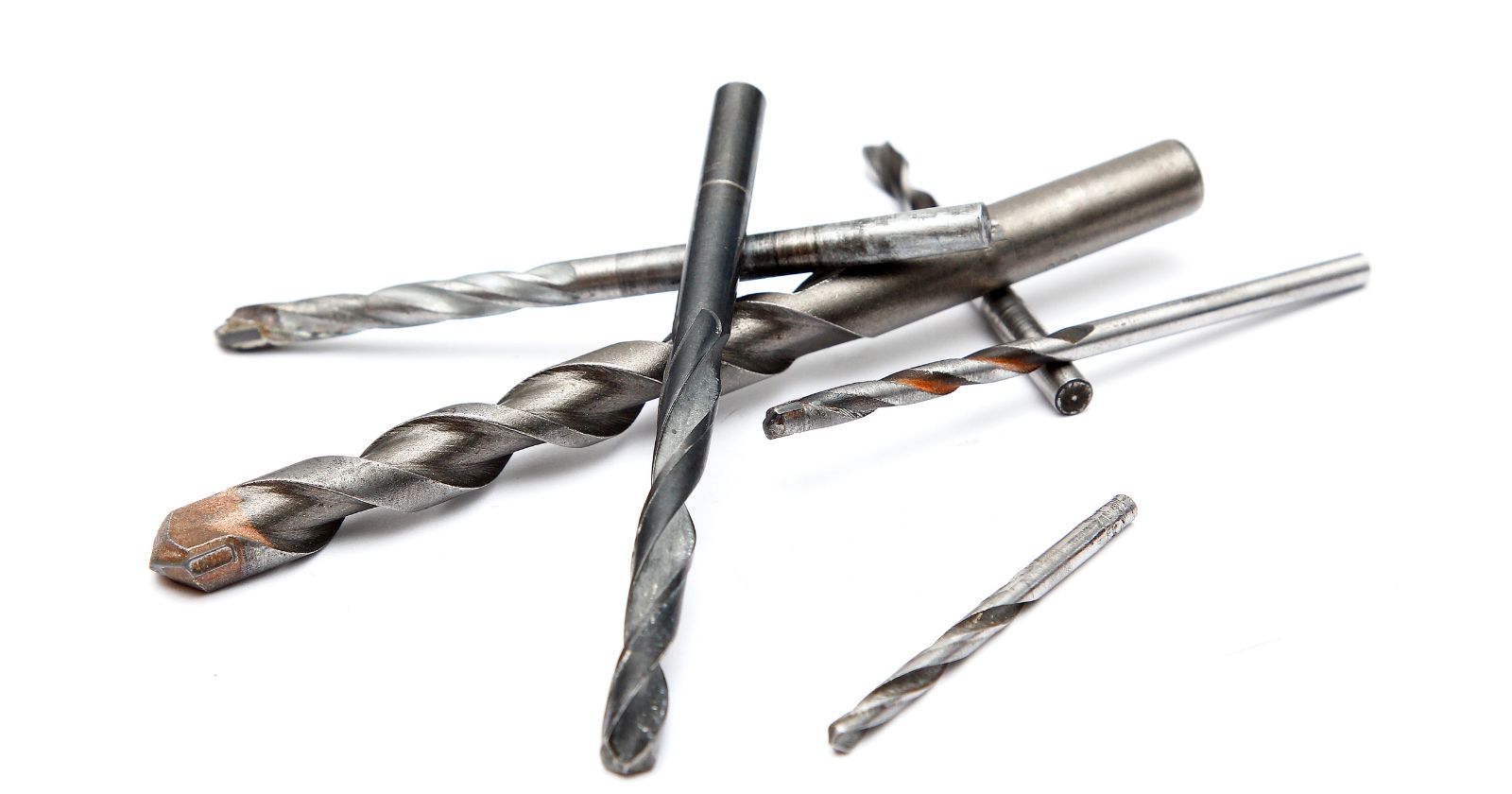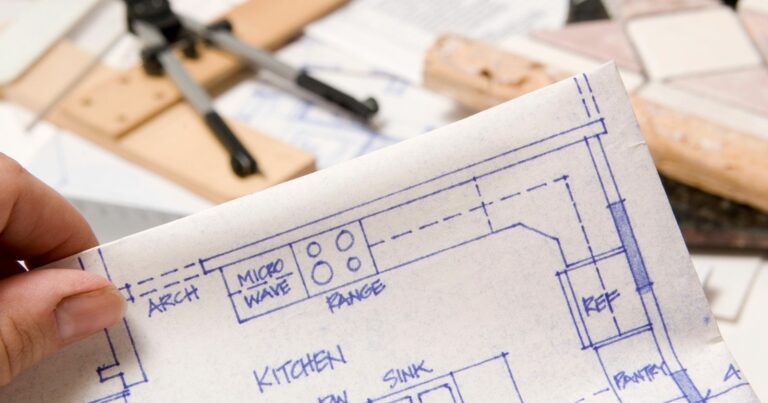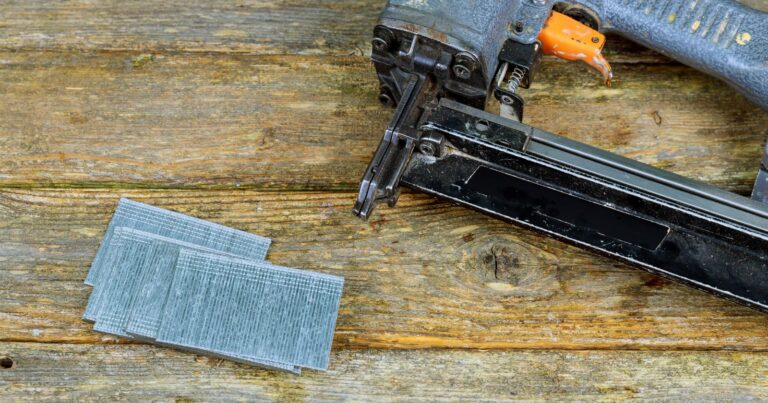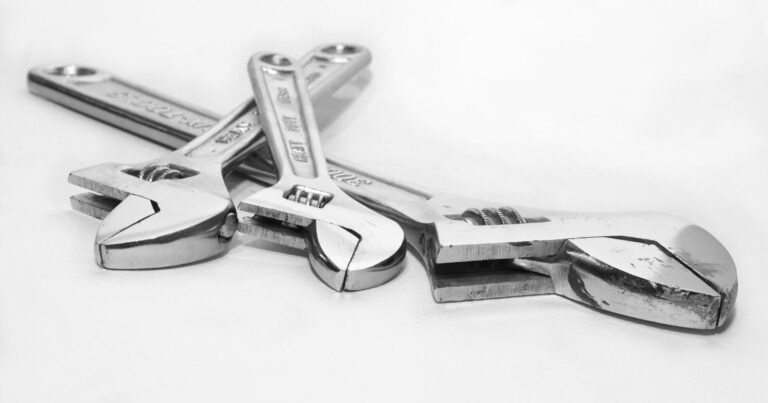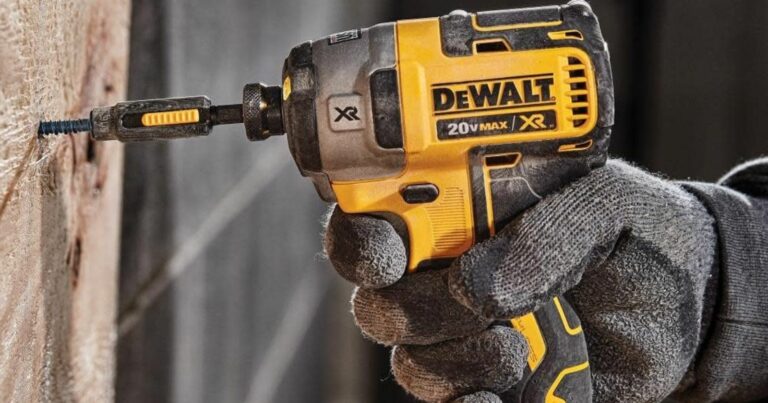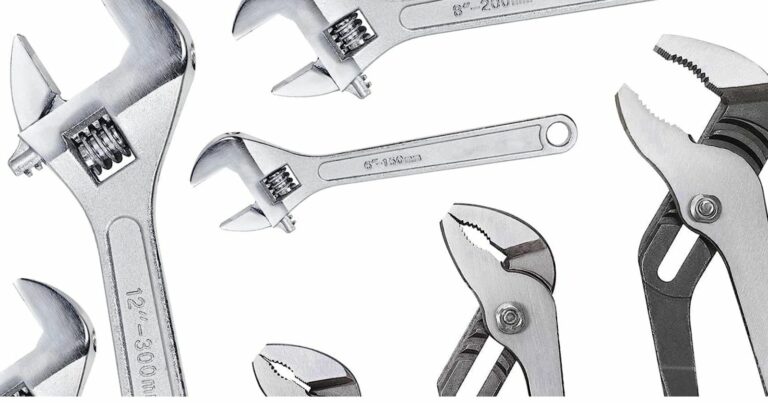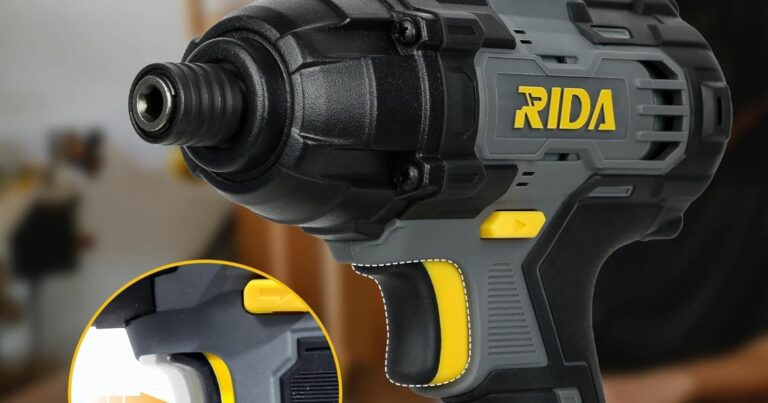How To Use Left Hand Drill Bits
Have you ever wrestled with a stubborn, broken screw that just won’t budge? Or maybe you’ve stood in the aisle of your local hardware store, scratching your head over which drill bit to pick for your weekend project? Trust me, I’ve been there, and that’s exactly why today we’re diving into a topic that’s criminally overlooked but can be an absolute lifesaver: left-hand drill bits.
Now, you might be asking yourself, What’s so special about left-hand drill bits? Let me tell you, these aren’t just the evil twins of your standard right-hand drill bits. They’ve got some unique tricks up their sleeves that can make your DIY life a breeze. Whether you’re a seasoned craftsman or just getting your hands dirty on the weekends, knowing How To Use Left Hand Drill Bit is going to be a game-changer for your toolbox.
So why should you, my savvy reader, care about left-hand drill bits? Well, for starters, they’re your best friend when it comes to removing those pesky broken screws and bolts. And if you’re a lefty like me, it’s like these bits were made for you! Intrigued yet? You should be. Stick around, because we’re about to get into the nitty gritty from the essential tools you’ll need to must-know safety tips and a whole lot more.
Ready to drill down into the details? Let’s get to it!
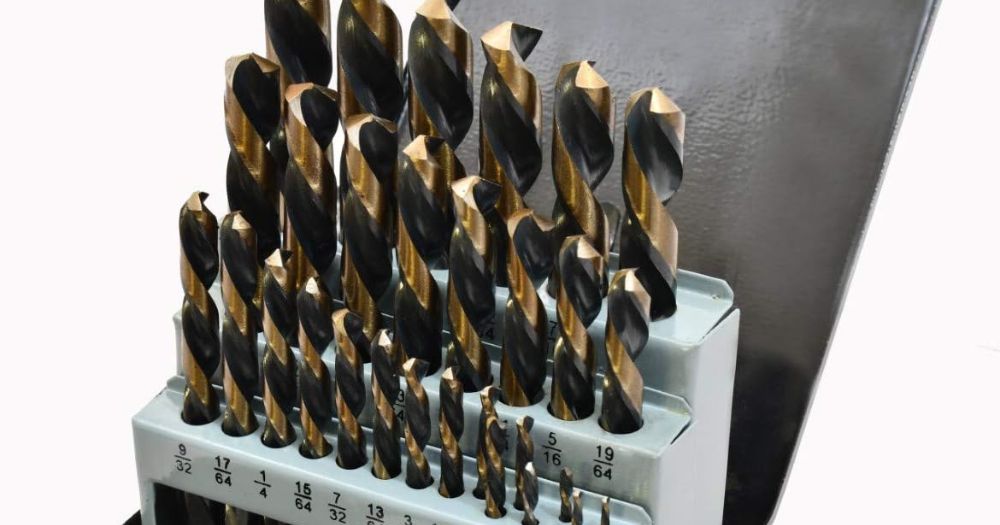
What is a Left-Hand Drill Bit?
Hey, it’s me again, your go-to tool aficionado from ImpactDriverDrill.com. Now that I’ve got your attention with that intro, let’s get into the real meat of the matter: What on Earth is a left-hand drill bit, and why should you give a hoot?
Design and Purpose
Alright, let’s cut to the chase. A left-hand drill bit is basically your standard drill bit’s cooler, more mysterious twin. While your garden-variety drill bits are made to cut when you spin ’em clockwise, a left-hand drill bit is the James Dean of drill bits it cuts while going counter-clockwise. Yeah, it’s like your drill bit is moonwalking through the material, and who wouldn’t want to see that?
But hold on, this isn’t just some party trick. This counter-clockwise action has a real, practical purpose. Picture this: you’re in the middle of restoring a classic car or maybe refurbishing an old wooden table, and bam! A bolt snaps or a screw gets stripped. Normally, you’d be up a creek without a paddle, but not with a left-hand drill bit. Just drill into the offending piece, and the counter-clockwise action often loosens it right out. It’s like having a magic wand, but one that actually works and doesn’t require a letter to Hogwarts.
When is it Most Useful?
You’re probably itching to know, “When’s the best time to break out this bad boy?” Well, let me lay it out for you:
- Broken Screws and Bolts: This is where left-hand drill bits really earn their keep. If you’ve ever snapped a screw or bolt and felt your soul leave your body, you know what I’m talking about. A left-hand drill bit can often save the day, no extra tools needed.
- Left-Handed Users: To all my left-handed brethren out there, this is our moment. Using a left-hand drill bit just feels right—or should I say, just feels left?
- Specialized Projects: Whether it’s crafting custom woodworking joints or working on unique metal fittings, sometimes you need that counter-clockwise action. A left-hand drill bit is your golden ticket.
- Tight Spaces: Ever found yourself in a tight spot where even turning your drill feels like a game of Twister? A left-hand drill bit can be your saving grace.
- Reverse Drilling: Sometimes, you need to make a hole without making a mess. The counter-clockwise action can be easier on delicate materials.
- Stubborn Materials: Ever tried drilling into a material that just won’t cooperate? Sometimes, going counter-clockwise can make all the difference.
So, there you have it. Left-hand drill bits might seem like a specialty item, but trust me, once you get the hang of it, you’ll be looking for excuses to use it.
Ready for more nuggets of tool wisdom? Let’s keep this train rolling!
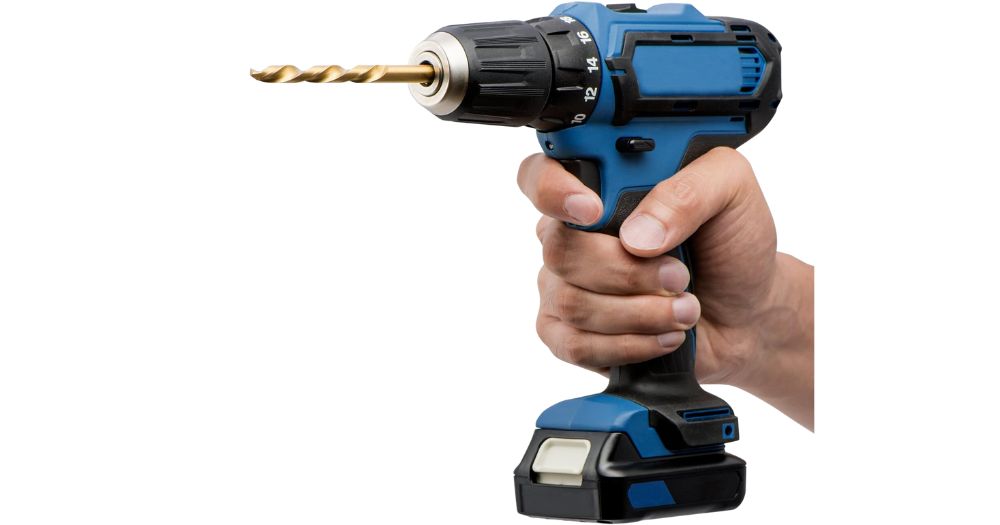
Why Use a Left-Hand Drill Bit?
Alright, let’s get real for a second. You’ve got the 411 on what a left-hand drill bit is, but you’re still not sure if it’s worth the investment. I totally get it. Adding a new tool to your collection is like adopting a pet you’ve got to know it’s a good fit. So, let me break down why a left-hand drill bit might just be the missing piece in your tool puzzle.
Advantages
First up, the good stuff. Here’s why I think you should seriously consider giving a left-hand drill bit a home in your toolbox:
- Easy Removal of Broken Screws and Bolts: Listen, if you’ve ever snapped a screw or bolt, you know it feels like the universe is against you. But a left-hand drill bit can be your superhero, swooping in to save the day. The counter-clockwise action often loosens the broken piece, making extraction a walk in the park. It’s like having a first-aid kit, but specifically tailored for your DIY mishaps.
- Ideal for Left-Handed Users: Speaking as a lefty, using a left-hand drill bit is like finding that perfect pair of left-handed scissors—it just feels right. Better control, more comfort, and finally, some recognition in the tool world!
- Versatility in Woodworking and Metalworking Projects: Don’t pigeonhole these bits; they’re versatile performers. Whether you’re crafting dovetail joints in wood or welding metal pieces, the counter-clockwise action opens up new possibilities. It’s like discovering a secret level in a video game.
- Reduced Risk of Further Damage: When you’re trying to extract a broken piece, causing more damage is your worst nightmare. The counterclockwise action is like a gentle hand, reducing the risk of making the hole bigger or damaging the surrounding material.
Disadvantages
Okay, let’s not ignore the elephant in the room. Here are some things to consider:
- Not as Commonly Available: I’ll be straight with you; finding a left-hand drill bit can be like searching for a needle in a haystack. They’re not as ubiquitous as their right-hand cousins, so you might need to go on a mini-adventure to find one.
- May Require a Specialized Drill: Before you commit, double-check that your drill is up for the task. Some older or budget-friendly models might not have a reverse function, which is a deal-breaker for using a left-hand drill bit.
- Learning Curve: If you’ve been a right-hand drill bit user all your life, switching gears can take a minute. But trust me, it’s like riding a bike—once you get the hang of it, you’ll never look back.
So, there you have it. A left-hand drill bit might not be for everyone, but it could be exactly what you’ve been missing. Ready to keep exploring the tool galaxy with me? On to the next section!
Tools You’ll Need
Hey, tool aficionados! So, you’re pumped about diving into the world of left-hand drill bits? That’s what I like to hear! But before we get too carried away, let’s make sure you’ve got all the gear to make this a smooth operation. Think of it like prepping for a camping trip you wouldn’t wander off into the wilderness without your essentials, right? The same principle applies to your toolbox.
The Essentials
Alright, let’s break down the must-haves and why you absolutely need ’em:
- Reversible Drill: Numero uno on the list is a reversible drill. Why, you ask? Simple. A left-hand drill bit is your counter-clockwise champion, and to make it spin that way, you need a drill that can reverse its rotation. Most of today’s drills have this feature, but if you’re still clinging to a relic from the disco era, you might want to upgrade. It’s like trying to binge-watch your favorite show on a black-and-white TV; you need the right tech for the experience.

- Screw Extractor Set: Look, even superheroes need sidekicks. Sometimes your left-hand drill bit might need a little backup, and that’s where a screw extractor set comes in. This set can grip onto that stubborn broken piece and give you the extra muscle to yank it out. It’s your trusty Robin when Batman needs a hand.
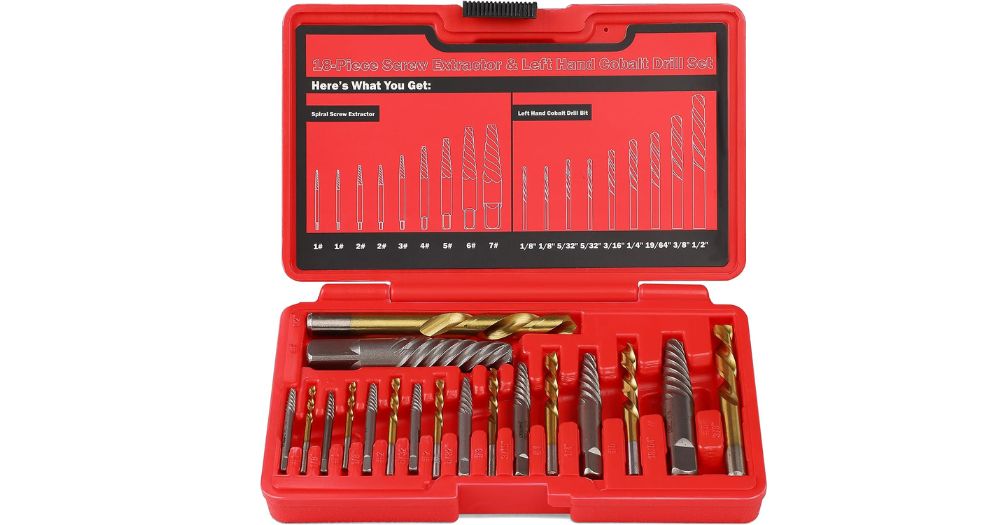
- Safety Gear (Gloves, Goggles): Listen up, folks—safety isn’t a joke. Drilling can send shards flying and heat things up real quick. A solid pair of gloves will keep your hands from looking like a pin cushion, and goggles are non-negotiable for protecting those peepers. Consider this gear your DIY suit of armor. It might not win you any fashion awards, but it’ll keep you in one piece.

Optional but Highly Recommended
- Center Punch: If you’re aiming for bullseye-level accuracy, a center punch is your best friend. It helps you mark the exact drilling point, so your bit doesn’t go on a wandering adventure. It’s like your drill’s personal GPS.
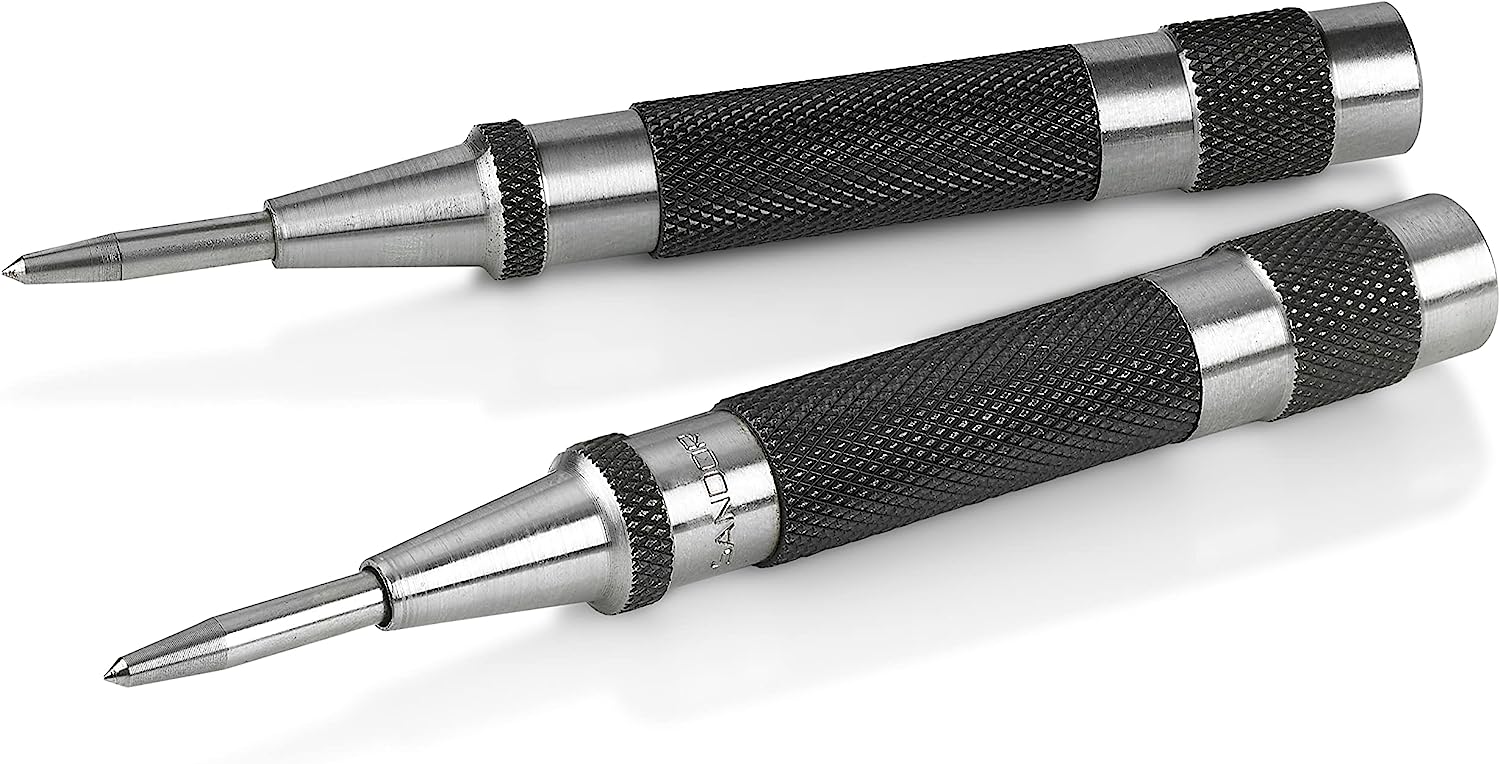
- Lubricant: Friction is the enemy of smooth drilling. A little lubricant can make the process as smooth as butter and extend the lifespan of your drill bit. Just make sure you pick a lubricant that plays nice with the material you’re working on. It’s like choosing the right oil for your car’s engine; the details matter.
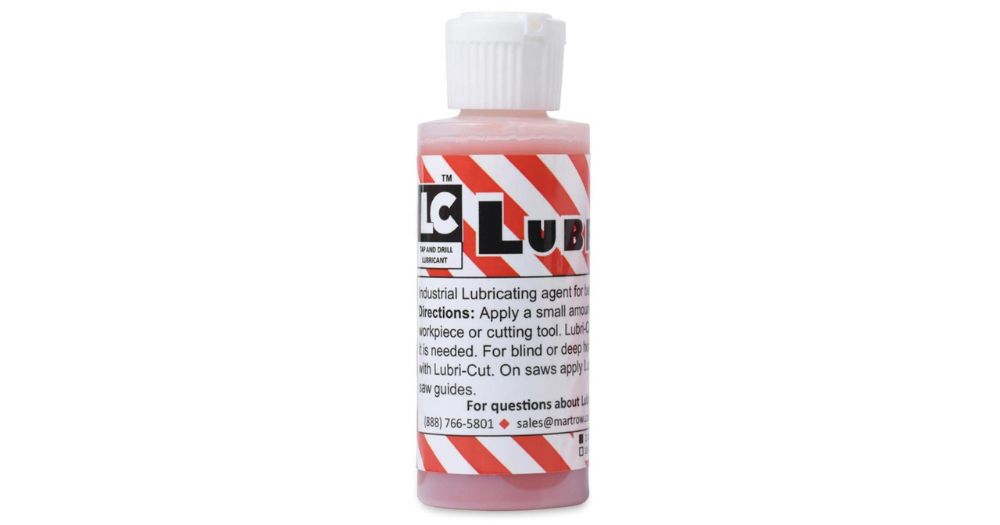
- Clamp: Working on a small or wobbly piece? A clamp is your third hand. It’ll hold your workpiece steady, freeing you up to focus on the drilling. It’s like having a personal assistant, minus the attitude.
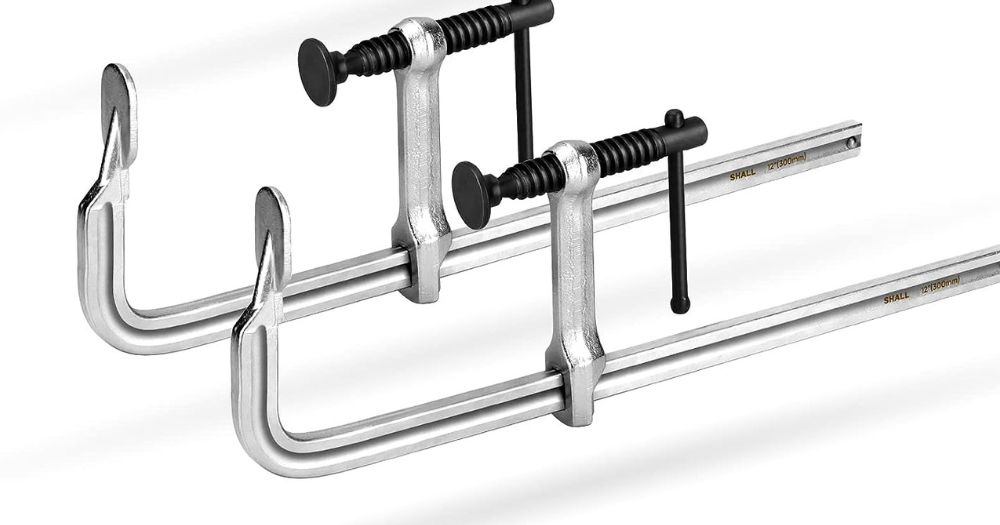
- Measuring Tape or Ruler: Precision is the name of the game. A measuring tape or ruler ensures you drill to the exact depth needed, avoiding any Goldilocks scenarios— not too deep, not too shallow, but just right.
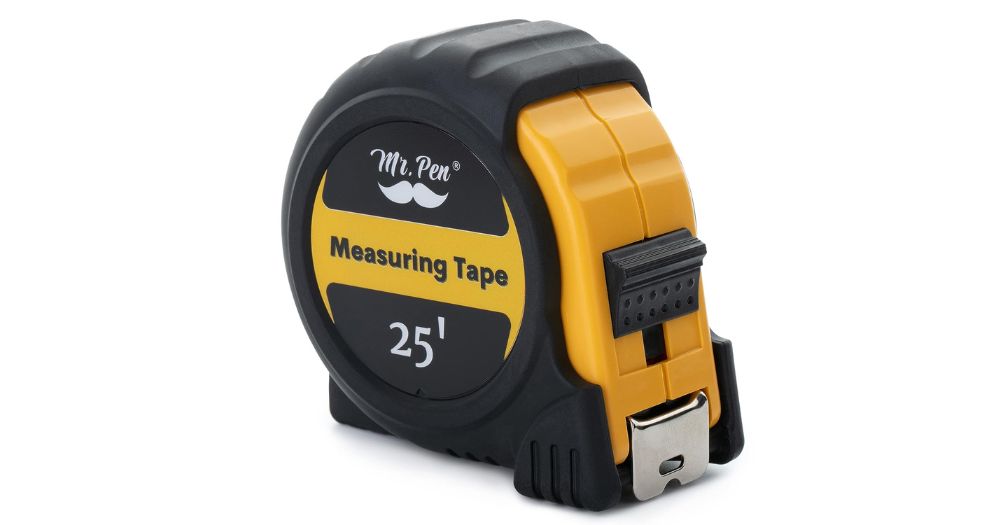
- Cleaning Brush: Once the drilling action is over, you’ll want to clean up the battlefield. A small brush helps you sweep away any debris or metal shavings, keeping your workspace neat and safe.

So there you have it, my friends—a complete rundown of all the gear you’ll need to become a left-hand drill bit maestro. Trust me, with this toolkit, you’ll be ready to tackle any project that dares to challenge you.
Ready for more tool wisdom? Let’s drill deeper into the next section!
How To Use Left Hand Drill Bit
Hey there, fellow tool junkies! So you’ve got your shiny new left-hand drill bit and you’re itching to give it a spin—literally. But hold your horses! Before you go drilling holes into the sunset, let’s make sure you’ve got the 411 on how to use this bad boy like a seasoned pro. Trust me, a bit of prep now will save you a heap of trouble later.
Prepping the Work Area
First on the agenda—setting up your workspace like a boss:
- Secure the Material You’ll Be Drilling Into: Grab that clamp or vise and lock your workpiece down like Fort Knox. You don’t want it doing the cha-cha while you’re trying to drill. Give it a good wiggle to make sure it’s not going anywhere; better safe than sorry, right?
- Mark the Drilling Point: Whip out that center punch for metals and hard stuff, and a pencil or chalk for woods and plastics. This mark is your North Star, guiding you to drilling glory. Remember, measure twice, drill once. Words to live by, my friends.
Setting Up the Drill
Now, let’s get your drill ready for its starring role:
- Insert the Left-Hand Drill Bit into the Drill Chuck: Safety first, folks! Make sure that drill is off and unplugged. Pop open the chuck, slide in your left-hand drill bit, and tighten that baby up. Give it a little love tug to make sure it’s snug and secure.
- Set the Drill to Reverse Mode: Find that direction switch on your drill and flip it to reverse. No ifs, ands, or buts about it; left-hand drill bits need that counter-clockwise action to strut their stuff.
The Drilling Process
Alright, showtime!
- Start Drilling Slowly: Ease into it, cowboy. Apply just a smidge of pressure and start at a low RPM. You’re courting the material, getting to know its likes and dislikes.
- Increase Speed Gradually: Once you’re sure you’ve hit the sweet spot, you can start to pick up the pace. Keep a steady hand; you’re in control, but no need to choke the life out of your drill.
- How to Handle Different Materials (Wood, Metal, etc.): Listen, not all materials are created equal. Wood likes it a bit faster, while metal prefers to take things slow—maybe with a dash of cutting lubricant for that extra smooth move.
Removing Broken Screws
This is where the left-hand drill bit really earns its keep:
- Drill a Pilot Hole: With your drill still in reverse, gently drill a starter hole into the center of that pesky broken screw or bolt. This is your launchpad for the screw extractor.
- Insert Screw Extractor: If that broken bit is still playing hard to get, it’s time to bring out the big guns. Pop that screw extractor into the pilot hole and give it a counter-clockwise twist. A little pressure and voila, out it comes!
- Celebrate Your Victory: You did it! You’ve conquered one of the most annoying challenges in DIY land. Go ahead, do a little victory shimmy; you’ve more than earned it.
And there you have it, folks a comprehensive, no-stone-unturned guide on How To Use Left Hand Drill Bit like the tool-slinging hero you were born to be. Trust me, with this newfound knowledge, you’ll be the go-to guru for all things drill-related.
Ready for more nuggets of tool wisdom? Stick around, because we’re just getting started!
Watch This Video And Learn How To Use Left Hand Drill Bit In 2023
Related Post: Top 5 Best Drill Bits For Drilling Out Locks In 2023
Safety Tips
Hey, my fellow tool aficionados! As we wrap up this jam-packed guide, let’s hit the brakes for a sec and chat about safety. Because let’s face it, finishing a project with all your fingers intact is the real win here. So, buckle up as we dive into the extended director’s cut of safety tips for using your left-hand drill bit.
Dress for Success, Safety Edition
- Always Wear Safety Gear: Listen up, folks, I can’t say this enough—safety gear is a must-have, not a nice-to-have.
- Gloves: Go for the heavy-duty ones that give you both flexibility and protection. Trust me, your hands will thank you when they’re not peppered with metal shavings.
- Goggles: Your peepers are precious. A good pair of safety goggles will keep ’em safe from dust, debris, and those surprise wood splinters.
- Ear Protection: If your project involves drilling into materials that could join a metal band, those earplugs or earmuffs are a must. Save the headbanging for concerts, not your workshop.
A Clean Space is a Safe Space, No Joke
- Keep Your Work Area Clean: A tidy workspace isn’t just for Instagram photos; it’s a safety essential.
- Tool Organization: Keep your tools in their places and within easy reach. A pegboard or tool tray can be your best friend here.
- Cord Management: If you’re using a corded drill, make sure that cord is tucked away safely. Tripping mid-drill is a slapstick move we want to avoid.
- Debris Clearance: As you make progress, don’t forget to sweep away the debris or shavings. They’re not just messy; they’re slip and fire hazards.
The Drill is Mightier Than the Sword, But It’s Not Thor’s Hammer
- Never Force the Drill: Your drill is a precision tool, not a battering ram.
- Bit Integrity: Pushing too hard can snap your bit, and let me tell you, a broken bit is as useful as a chocolate teapot.
- Material Damage: If you’re muscling your drill, you risk damaging your workpiece. Cracks and splits are project killers, folks.
- Personal Safety: Too much force can make your drill slip or kick back, and that’s a quick ticket to Ouch Town. Keep a firm but relaxed grip, and let the drill do the heavy lifting.
So, there it is your all-in-one guide to staying in one piece while you’re drilling away. A little caution today means you’ll be around for many more DIY adventures.
Ready for more tool wisdom? Keep your eyes peeled for our next post; we’re just scratching the surface!
FAQs: How To Use Left Hand Drill Bits
Hey there, you savvy tool users! Before we officially close the toolbox on this guide, let’s tackle some of the most frequently asked questions about left-hand drill bits. These are the burning questions that keep DIYers up at night, and we’re here to put those curiosities to rest. Plus, this section is perfect for Google’s People Also Ask (PAA), so you know you’re getting the real deal answers.
Can I Use a Left-Hand Drill Bit in a Regular Drill?
Absolutely, you can! The key feature you need in your drill is a reverse function, which most modern drills have. Just flip that switch to set your drill to rotate counter-clockwise, and you’re good to go. If you’re working with an older model, double-check to make sure it has this capability.
When Should I Use a Left-Hand Drill Bit Over a Right-Hand Drill Bit?
Great question! Left-hand drill bits are your go-to for specific tasks like removing broken or stripped screws and bolts. They’re also a fantastic option for left-handed users who find using standard right-hand drill bits awkward. So, if you find yourself in a sticky situation with a broken bolt or you’re a lefty looking for a more comfortable drilling experience, a left-hand drill bit is your best bet.
Are Left-Hand Drill Bits More Expensive Than Right-Hand Drill Bits?
Generally speaking, the cost of a left-hand drill bit is comparable to that of a right-hand drill bit of similar quality and material. However, left-hand drill bits might be a bit harder to find in your local hardware store, so you may need to shop online or visit a specialized store. But don’t let that deter you; the benefits they offer are well worth the hunt.
And there you have it! Your top questions about left-hand drill bits, answered. Whether you’re a seasoned pro or a DIY newbie, I hope this FAQ section clears up any lingering doubts or questions you might have.
In Summary To How To Use Left Hand Drill Bit In 2023
Hey, my tool-savvy friends! We’ve been on quite a journey today, haven’t we? We’ve drilled—pun intended into the ins and outs of left-hand drill bits, from their unique design and purpose to the specific scenarios where they shine. We’ve also covered the essential tools you’ll need and, of course, the all-important safety tips to keep you in one piece. So, let’s wrap this up with some final thoughts.
The Nitty-Gritty Recap
- What Makes Left-Hand Drill Bits Special: These aren’t your run-of-the-mill drill bits. They’re designed to rotate counter-clockwise, making them ideal for tasks like removing stubborn screws and bolts. They’re the unsung heroes of the tool world.
- Safety First, Always: Don’t skimp on safety gear. Gloves, goggles, and ear protection are your best friends in the workshop. Treat them well, and they’ll return the favor.
- Workspace Zen: A clutter-free workspace isn’t just good for your mental health; it’s crucial for your physical well-being. Keep those tools organized and those cords out of the way.
- The Gentle Touch: Your drill is a precision instrument, not a battering ram. A firm but gentle touch is the key to effective drilling. Remember, it’s a marathon, not a sprint.
Why You Should Try a Left-Hand Drill Bit
Look, I get it. Trying something new can be intimidating. But trust me, once you’ve experienced the magic of a left-hand drill bit, you’ll be hooked. Whether you’re dealing with a broken screw that’s been haunting your dreams or you’re a lefty who’s tired of adapting to a right-handed world, this tool is a game-changer.
Your Next DIY Adventure Awaits
So, are you ready to add a left-hand drill bit to your arsenal? I can’t wait to hear about the amazing projects you’ll tackle with this newfound knowledge. From home repairs to intricate woodworking, the possibilities are endless. And hey, even if you’re a seasoned pro, there’s always room to learn something new, right?
Ready for more tool wisdom and DIY adventures? Keep an eye out for our next post. We’re just scratching the surface, and you won’t want to miss what’s coming up next!
And that’s a wrap, folks! I hope this guide has been as enlightening for you as it was fun for me to write. So, what are you waiting for? Grab that left-hand drill bit and make your next project a masterpiece. You’ve got this!

